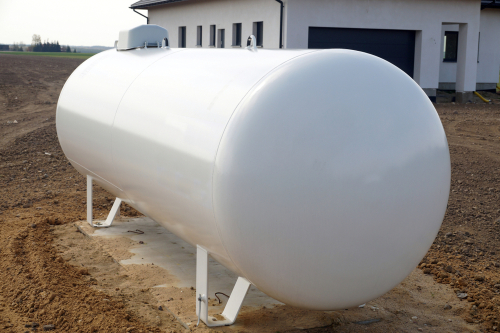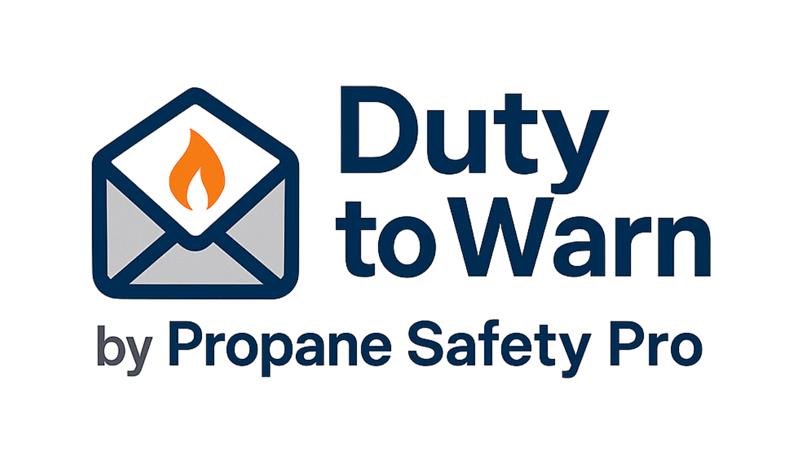Propane Business: Crafting a Disaster Plan

For propane businesses, preparing for unforeseen disasters is vital for ensuring safety and continuity. Let’s look at the critical steps in developing a comprehensive disaster response plan tailored to the unique needs of propane operations.
1. Risk Assessment
• Step: Identify potential disasters that could impact your business, such as fires, floods, or chemical spills. Assess the likelihood and potential impact of these events to prioritize planning efforts.
2. Emergency Response Procedures
• Step: Establish clear procedures for responding to various types of emergencies. This includes evacuation plans, emergency contact lists, and protocols for dealing with hazardous material spills or leaks.
3. Employee Training and Safety Drills
• Step: Regularly train employees on the disaster response plan. Conduct drills to ensure everyone knows their required role and actions during an emergency, enhancing response efficiency and safety.
4. Communication Plan
• Step: Develop a communication plan to keep employees, customers, and emergency services informed during a disaster. This should include backup communication methods in case standard channels are unavailable.
5. Backup Supply and Storage Strategies
• Step: Plan for alternative storage and supply arrangements. If your primary storage facility is compromised, a backup plan ensures continued operation and supply chain stability.
6. Data Protection and IT Security
• Step: Implement measures to protect critical business data. Regular backups and secure, off-site storage of business records are essential to recovery after a disaster.
7. Insurance and Financial Planning
• Step: Review your insurance coverage to ensure it is adequate for different disaster scenarios. Also, plan for financial contingencies to cover potential losses and expenses during recovery.
8. Collaboration with Local Authorities
• Step: Coordinate with local emergency services, health departments, and relevant authorities. Establishing these relationships before a disaster can streamline response and recovery efforts.
9. Regular Plan Updates and Reviews
• Step: Regularly review and update your disaster response plan. Changes in business operations, personnel, or local regulations may necessitate adjustments to the program.
10. Community Outreach and Customer Communication
• Step: Inform the community and customers about your disaster preparedness measures. This builds trust and helps in managing expectations during and after a disaster.
Proactive Plans Pay Off
A well-crafted disaster response plan is essential for propane businesses to manage emergencies effectively. By preparing in advance and regularly updating the program, companies can minimize the impact of disasters, safeguarding both their operations and the communities they serve.














